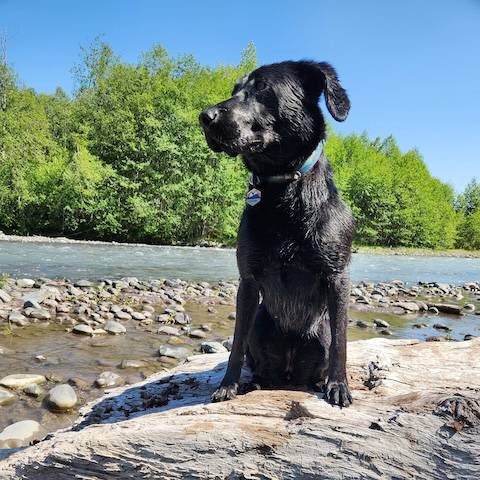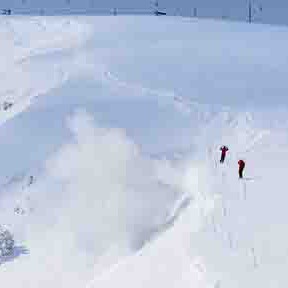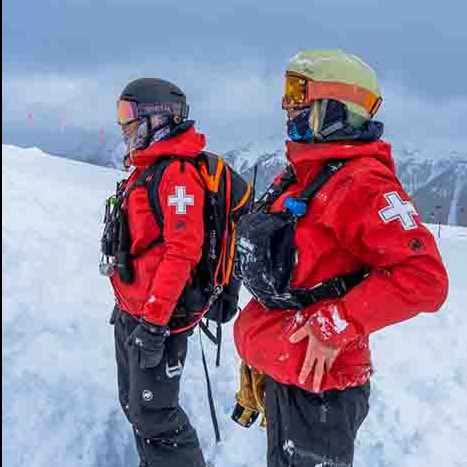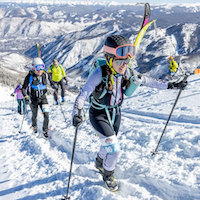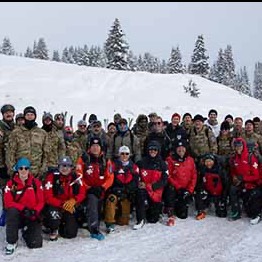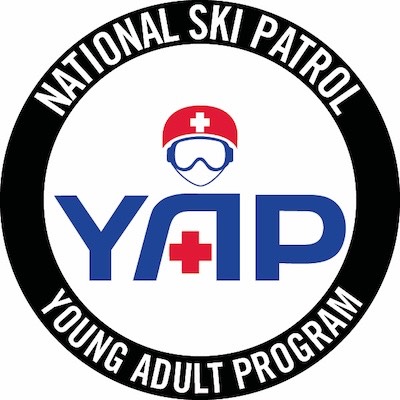Loading Shopping Cart Items...
Featured News
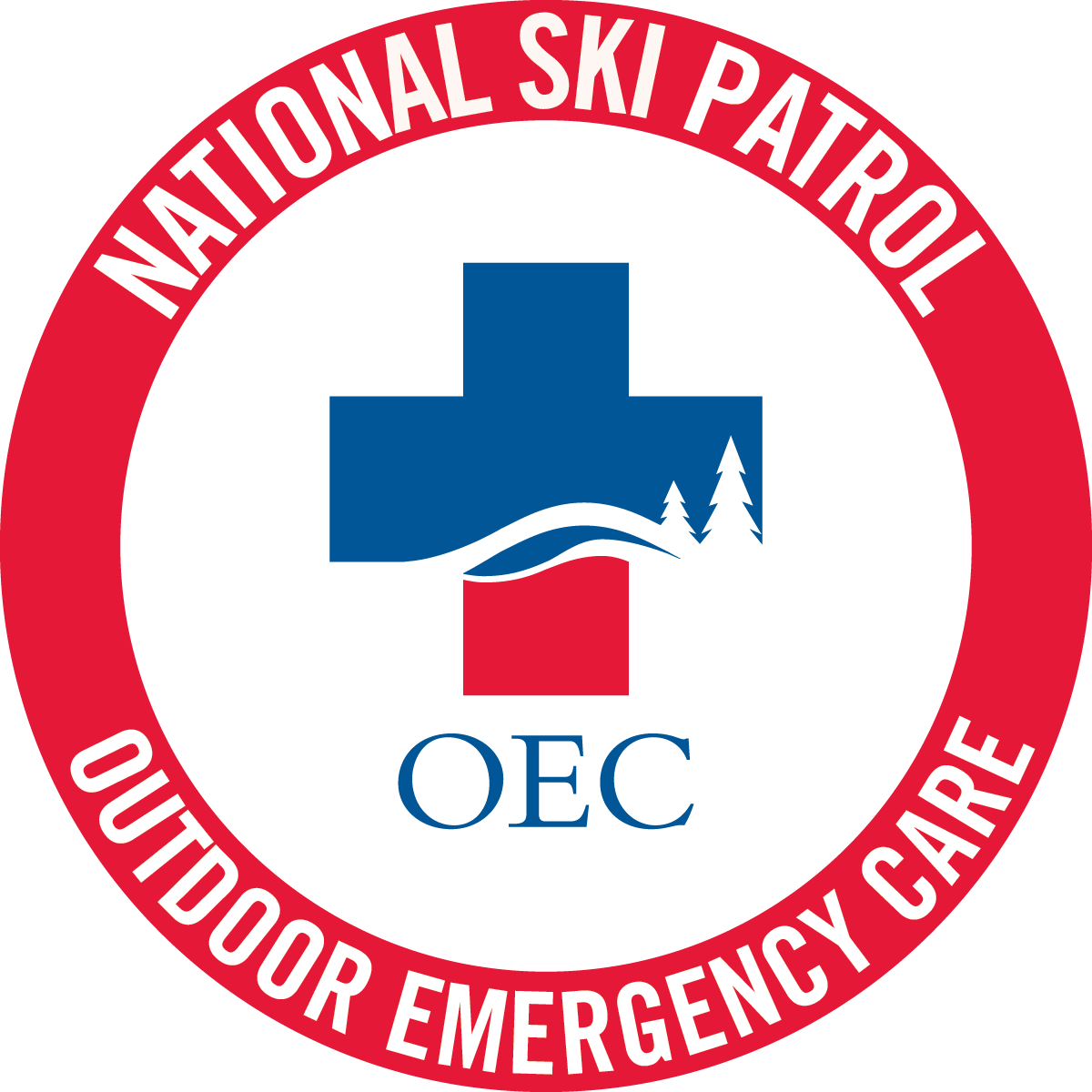
A Legacy of Safety: The National Ski Patrol & Outdoor Emergency Care
For nearly a century, National Ski Patrol (NSP) has been a beacon of safety and emergency care in mountain environments. Established in 1938, NSP has transformed outdoor and mountain safety through its commitment to standardized rescue and medical training, especially in skiing and snowboarding areas. At the heart of this mission lies the Outdoor Emergency Care (OEC) program, a groundbreaking initiative that has redefined how emergency care is delivered in outdoor and remote settings.
Origins of the National Ski Patrol
NSP was born out of necessity in the 1930s when skiing gained popularity in the United States. Accidents on unregulated slopes highlighted the absence of proper emergency care. After experiencing a life-altering ski injury in 1936, Charles "Minnie" Dole founded NSP to address these challenges. His vision was to create a dedicated organization to train ski patrollers in rescue and first-aid techniques.
NSP quickly gained prominence, and during World War II, it played a critical role in the formation of the U.S. Army's 10th Mountain Division, a mountain warfare unit that served with distinction. This collaboration underscored NSP’s growing expertise in mountain safety and emergency response.
The Birth of Outdoor Emergency Care
In the post-war years, skiing’s increasing popularity brought new complexities to patrollers’ roles. Responding to the need for advanced training, NSP launched the Outdoor Emergency Care (OEC) program in 1985. Unlike traditional first-aid courses, OEC was specifically designed for the unique challenges of outdoor and mountain environments, where weather and terrain can complicate rescue efforts and delay access to medical care.
The program began with the establishment of a Winter Emergency Care Program Administration Committee (WECPAC) to develop a comprehensive curriculum. This curriculum drew from state-approved Emergency Medical Services (EMS) standards but was tailored to the specific needs of ski patrollers. In 1988, the first edition of the Winter Emergency Care (WEC) textbook was published. Shortly after, the program was renamed Outdoor Emergency Care (OEC) to reflect its broader application beyond winter environments.
The OEC program quickly became the standard for NSP training. By 1989, it was formally recognized as a critical educational asset, receiving the Award of Excellence in Education from the American Society of Association Executives (ASAE). Over the years, the curriculum expanded to include wilderness medicine techniques, rescue operations, and scenario-based learning, ensuring that participants gained both theoretical knowledge and practical skills.
Evolution and Impact
Since its inception, the OEC program has continually evolved to stay ahead of advancements in medical science and outdoor safety practices. Each new edition of the OEC textbook has brought updates reflecting current EMS protocols, innovative teaching tools, and expanded topics like behavioral emergencies and adaptive athlete care. Notable milestones include:
- The incorporation of multimedia resources, including videos and interactive digital platforms.
- Recognition of the OEC program by universities and outdoor organizations for college credit and professional training.
- Adoption of the OEC curriculum by international organizations, such as the Canada West Ski Areas Association and various wilderness search and rescue teams.
By 2020, the OEC program had entered a new era with the introduction of its first hybrid online and in-person training model. This format, supported by a state-of-the-art Learning Management System, reflects NSP’s commitment to making quality education accessible while maintaining the program’s rigorous standards.
Global Reach and Continuing Legacy
The OEC program has extended its influence beyond ski patrols, providing essential training for professionals in biking, hiking, river rafting, and other outdoor activities. Its credibility as a robust emergency care program has been recognized nationally and internationally, solidifying NSP’s role as a leader in outdoor safety.
Through its comprehensive curriculum and ongoing commitment to innovation, the OEC program ensures that ski patrollers and other outdoor responders are equipped to handle emergencies in some of the world’s most challenging environments. The program also plays a vital role in maintaining the NSP’s mission of saving lives and fostering a culture of safety and preparedness.
Conclusion
National Ski Patrol and its Outdoor Emergency Care program represent a profound legacy of service and innovation. From its grassroots beginnings in the 1930s to its current status as a globally recognized leader in outdoor emergency care, NSP continues to safeguard mountain adventurers and outdoor enthusiasts. The dedication of countless volunteers, educators, and medical professionals has been instrumental in shaping this legacy, ensuring NSP remains a cornerstone of mountain safety for generations to come.
